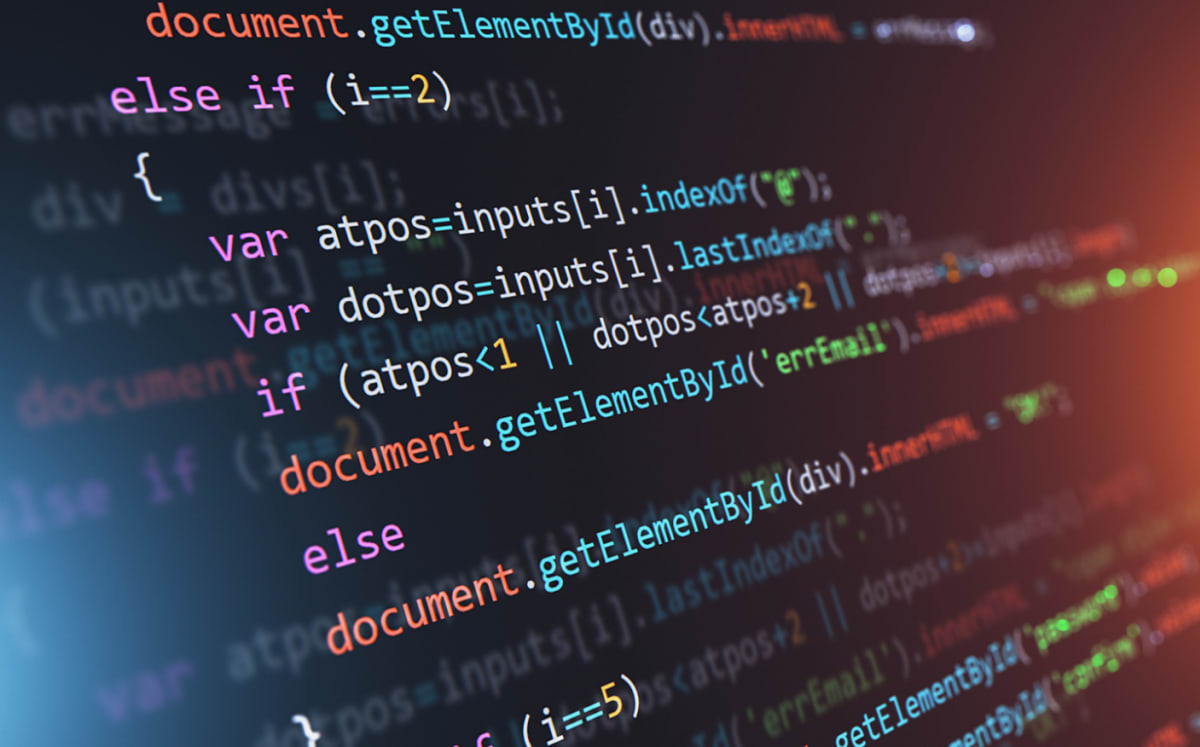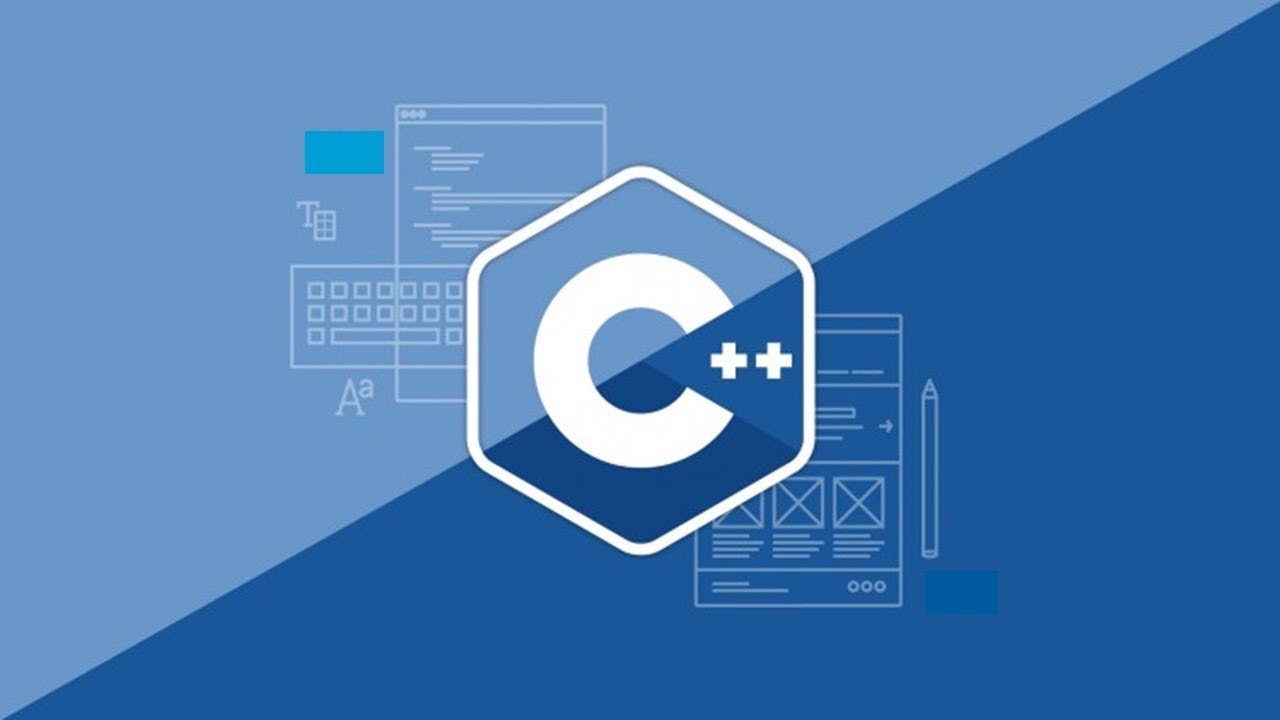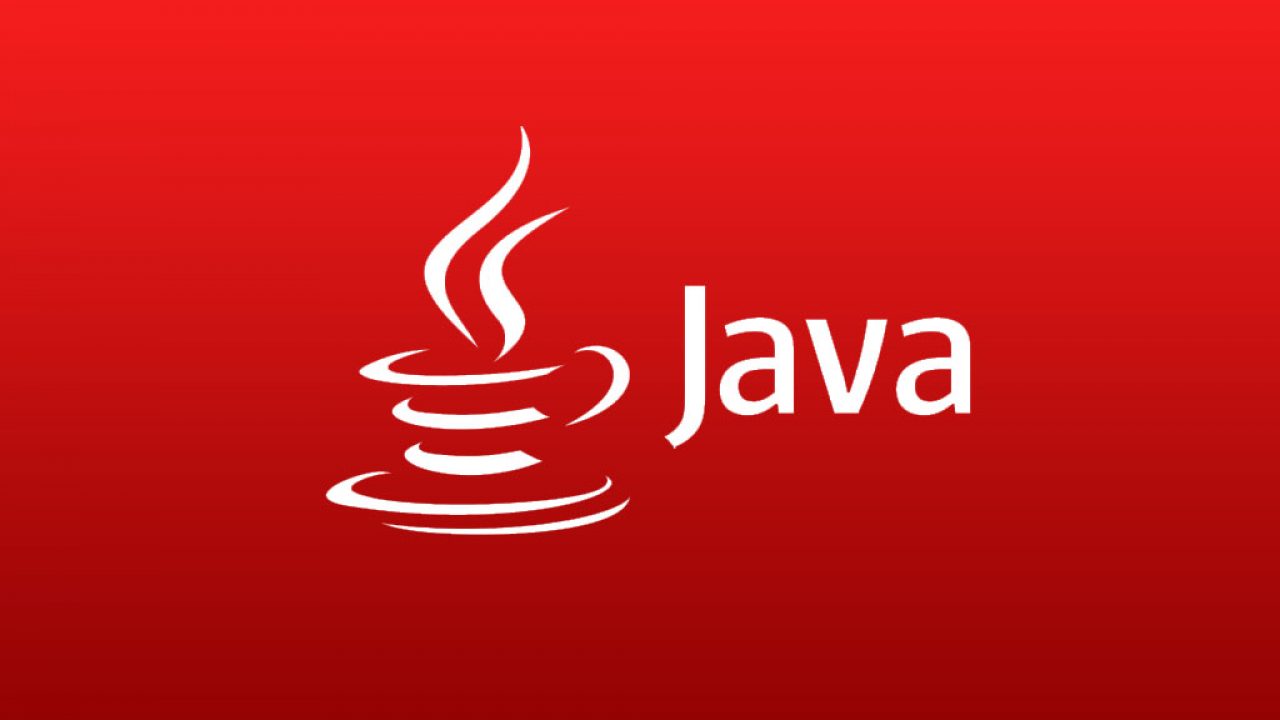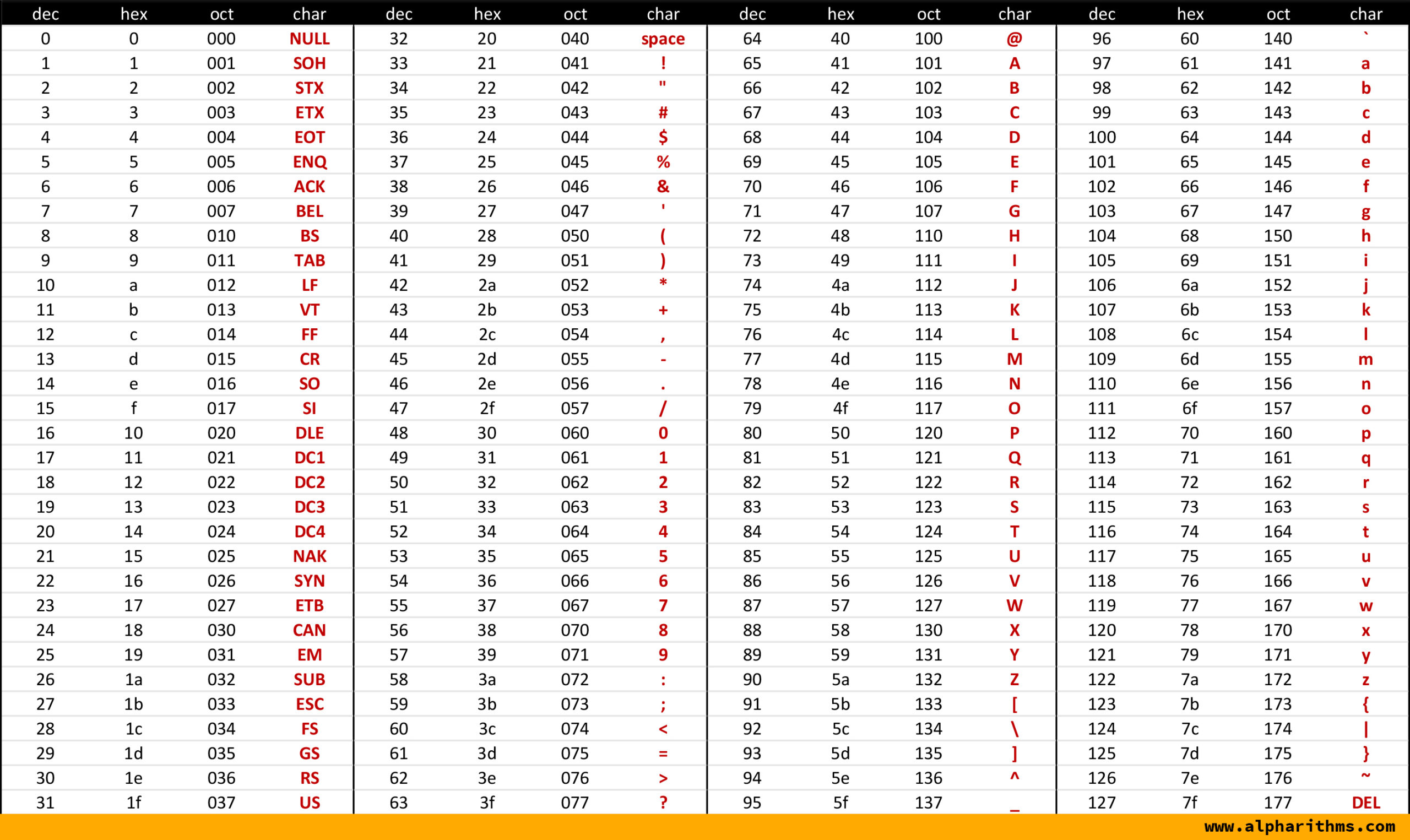Sh4dow’s Utilities (SU) 1.0

Full Official Stable Code
There may be several versions of the program, however, I recommend that you use the most updated stable version, which you will find by clicking here . This link will redirect you to my github.
Overview
This project aims to help to do basic verifications in the programming languages C++, Java and Python, this so as not to have to create these verifications over and over again.
Version
Version 1.0
License
This project is licensed under a GNU General Public License v3.0.
If you want to know about this license, click here
Warning

It should be mentioned that the ID and phone number verifications were made with the Costa Rican format, in addition, the email verification only works with the “.com” extension. These are templates, they can perfectly be altered depending on what is needed.
What is a Programming Language?

A programming language is a formal language that provides a programmer with the ability to write a series of instructions so that a machine can understand and execute those instructions.
What are C++, Java and Python?
C++ is a programming language whose intention of its creation was to extend the C programming language and the mechanisms that allow the manipulation of objects.
Java is a programming language and a computing platform. There are many applications and websites that will probably not work unless they have Java installed and more are being created every day. Java is fast, safe, and reliable.
Python is an interpreted programming language whose philosophy emphasizes the readability of its code. It is a multi-paradigm programming language, since it partially supports object-orientation, imperative programming and functional programming.
Using SU

To use the Sh4dow’s Utilities, the file corresponding to the language in which it is being programmed must be added. For C++, the ‘.h’ is used, in Java it is the ‘.java’ and in Python it would be ‘.py’. Subsequently, you must create a program object and use it whenever you need it.
Finally, some example programs have been added that show how “SU” works.
To use the test programs, they must be executed as follows from a terminal:
g++ test.cpp -o test
./test
java test.java
python3 test.py
Or it can also be run from IDEs.
Do you want to know more? READ THIS
There are different ways to achieve verifications in the programming languages used.

In C++ the string is used as an array, because this is precisely an array of chars, so the “push backs” are very useful to perform these procedures, in addition, the “isdigit” function is very good to be able to check if a char is actually an integer, and finally to find a valid email, you can use the functions “find” and “substr” that will create a substring at the necessary time and in turn will search for the necessary substrings for the check.

In Java it is different, because the string does not behave in the same way as in C++, because it no longer behaves like an array, like the one in the C++ vector library, but it behaves like a class, for Therefore, you can no longer use the “push backs”, now concatenations are used. In addition to knowing what the string has in a specific position, the “charAt()” function is used that receives the index of the value that you want to know. Also, in Java to be able to change the last char to another char in a string, you must overwrite the string with a substring of that string without the last char. Also, the “isdigit” function changes a bit, because here to use “Character.isDigit()” is placed. Finally, to verify the email, the “matches()” function is used which works by using a regular expression to search a string and check if a match was found or not.

In the case of Python, due to its flexibility in syntax, some of the code can be removed, since Python handles data types at runtime. This program behaves similar to how Java does, because in the same way, the string behaves differently, however, if it behaves like an array, but not like in C++. Concatenations are used as in Java to be able to perform the formatting. Also, the “isdigit” method exists with the same syntax as in C++, however as a function within the string. Finally, in Python, in order to verify the email, the “findall” function from the “re” library is used, used in the code with the name “regex”, which will look for a regular expression within the email and check if the expression exists or not.

In the 3 languages, to be able to verify if a char is a letter and not a character like “:” or a number, it is done in the same way. Remember that chars are actually integers, but they are interpreted with the ASCII table. So the numbers between 65 to 90 are the uppercase letters and the numbers between 97 to 122 are the lowercase letters, so the verification of a char with an integer can be done.
This is all the documentation for now. Eat vegetables and have a good day.